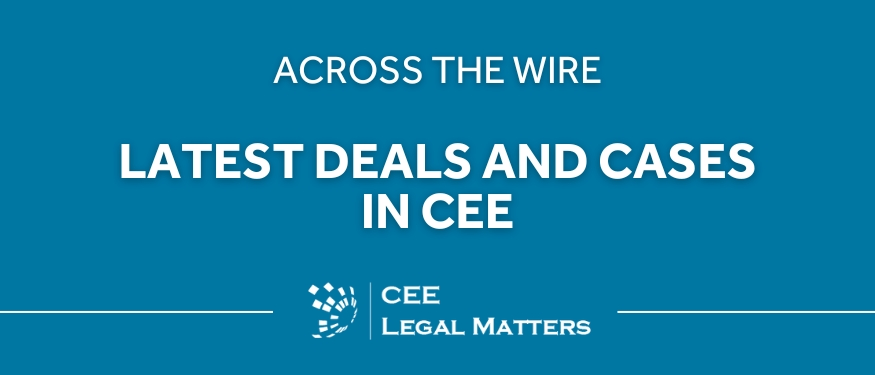Slovenia’s banking sector continues to exhibit conservative lending trends, with growth concentrated in the household segment. Lending to non-financial corporations remains flat on a year-on-year basis, while household deposits are on the rise. Despite steady progress in digitalization, cash remains dominant – nearly 64% of payment transactions at physical locations in 2024 were conducted in cash.
Amid these trends, Slovenian authorities have introduced several regulatory measures targeting payment accessibility, account management, and credit risk, with an emphasis on compliance and transparency.
Facilitating Access to Payment Accounts
The amendment to the Payment Services, Services for Issuing Electronic Money and Payment Systems Act, entering into force on January 14, 2025, aims to introduce greater safeguards for account holders and applicants. It aims to do this by ensuring clearer justification in cases of refusal or termination of a payment account relationship and promoting proportionate risk mitigation over outright denial of banking services.
Banks are now afforded the possibility to apply less severe measures before refusing to open or deciding to terminate a payment account, where such measures align with applicable legislation and internal risk policies. Conditions and the scope of any temporary or permanent restrictions on a payment service or transaction must be specified in the payment account contract or accompanying general terms and conditions. According to the legislator, the amendment enables banks to assess, on a case-by-case basis, whether predefined mitigating measures can reduce identified risks before refusing to open an account or terminating a business relationship.
Where an application to open an account is refused or an existing account is terminated, the bank must now state a specific reason for the refusal or termination, serving as an additional safeguard for payment account applicants against unsubstantiated or overly broad refusals, particularly in cases where compliance obligations are cited.
Ongoing Challenges with Foreign Account Holders
Despite these regulatory safeguards, account access remains a challenge given that, in recent years, the Bank of Slovenia detected a rise in the number of cases of commercial banks closing payment accounts of foreign nationals and domestic companies under foreign ownership. Commercial banks are primarily applying such measures on the basis of legislation governing AML/CFT which is binding for payment institutions.
In relation to transactions involving non-residents, the AML/CFT framework imposes stricter requirements for the implementation of measures aimed at preventing and managing risks of money laundering and terrorist financing, particularly in respect of non-residents originating from high-risk third countries. These standards, while legally mandated, have led to a more cautious approach by banks.
Lending Measures: Balancing Credit Growth and Prudence
In 2019, the Bank of Slovenia introduced macroprudential measures imposing restrictions on consumer lending to mitigate excessive leverage of households. These included requirements ensuring that borrowers retained a minimum level of monthly income post-repayment. A 2025 review of these measures indicates gradual growth in consumer lending since 2019 without a notable increase in non-performing exposures – a sign of sustained borrower stability and loan repayment without significant disruptions.
With a view to improve the secondary market of non-performing loans (NPLs), Slovenia implemented the Purchasers and Servicers of Banks’ Non-Performing Loans Act (NPL Act) in 2024, transposing Directive (EU) 2021/2167 on credit servicers and credit purchasers. The legislation introduces a legal framework for the sale and servicing of NPLs granted by EU credit institutions.
Under the NPL Act, credit purchasers are required to comply with obligations on fair borrower treatment and disclosure relating to NPL acquisition, though no specific license is required for the purchase of NPL. At the same time, credit servicers – subject to certain exemptions – must obtain a license from the Bank of Slovenia.
While the legislative groundwork for a secondary market in NPLs is in place, market implementation and investor interest will determine the framework’s actual effectiveness in reducing Slovenia’s stock of impaired loans.
Conclusion
Slovenia’s banking regulators are walking a tightrope – enhancing financial inclusion and transparency while preserving system integrity and mitigating risk. Continued monitoring will reveal how these legal reforms shape banking practices, particularly in areas such as cross-border account access and distressed debt resolution.
By Anja Krosel, Head of Banking and Finance, Cerha Hempel Ulcar & Partnerji
This article was originally published in Issue 12.6 of the CEE Legal Matters Magazine. If you would like to receive a hard copy of the magazine, you can subscribe here.

















